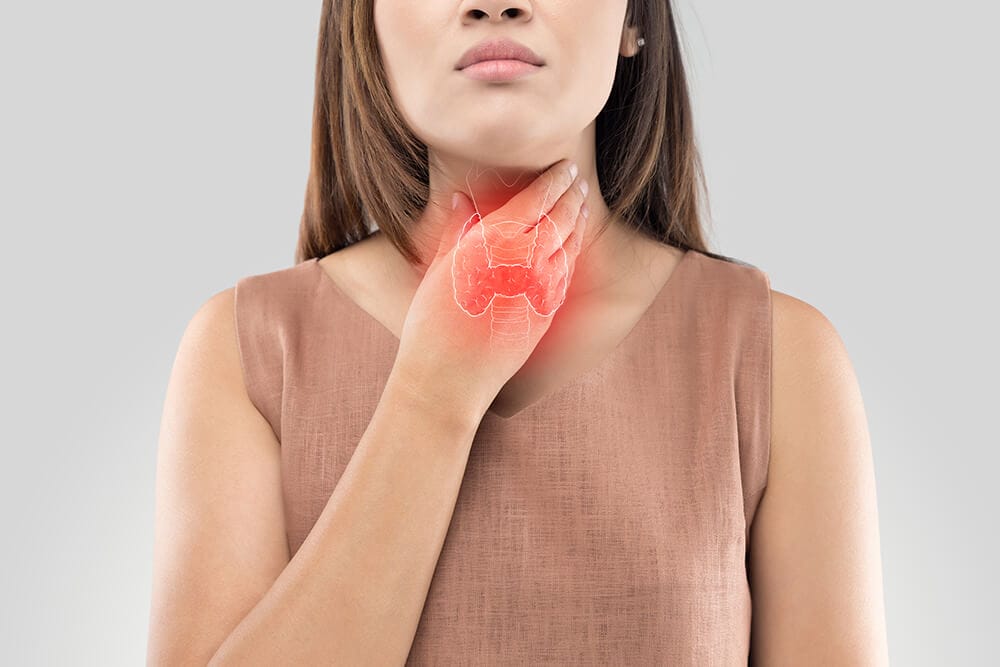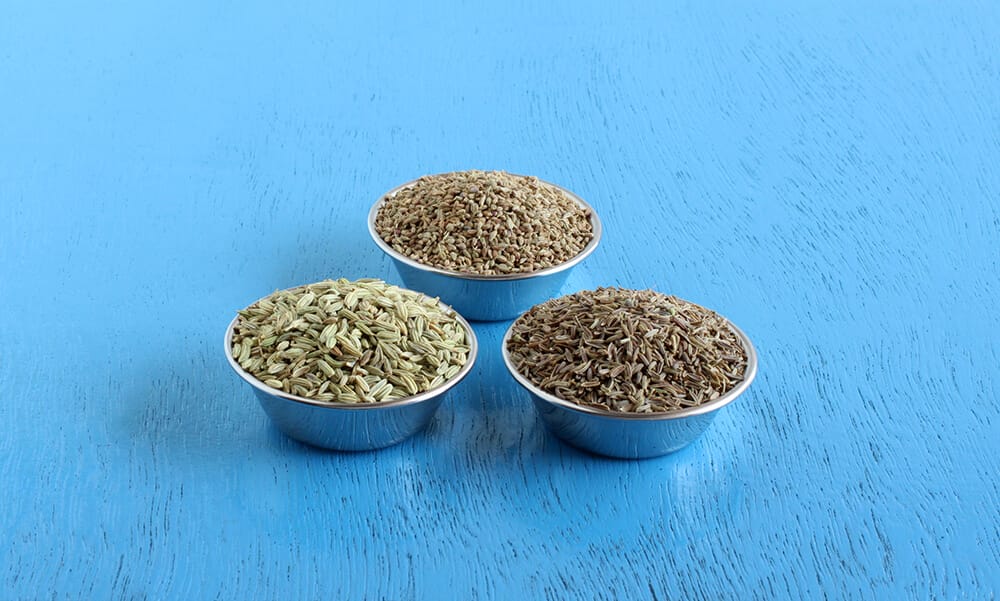
Types Of Body Fats: Benefits, Role Of Diet & Exercise
Overview on body fat
Definitions of words and their association with a positive image or negative image change over time and region. One such everchanging word is ‘fat’. Nowadays, fat is associated with people who have over the normal range of body weight. People nowadays prefer to be skinny and almost invisible. A few years ago, the curvy body was the trend, so on and so forth. Fat is also used as an insult. But, the real definition of the term has always been clinical and associated with a part of the body composition.
The human body is not just made up of cells and tissues. There are bones, organs, muscles, nerves, and fat or adipose tissues. The fat acts as a reservoir of energy. When excess calories are present, the body converts the calories to fat and stores them for later use. But, leading a sedentary life and not controlling food habits cause a build-up of fat, which makes a person obese.
Benefits of body fat
As mentioned above, body fat does have its advantages. When body composition is discussed, body fat is also mentioned. There is a reason why fat has been part of living beings for all these millennia.
While the benefits vary from the type of body fat in question, they all have the following benefits in common:
- The body fat surrounds the internal organs, which helps them keep protected against trauma or accidental injuries. The fat also acts like a cushion that keeps the organs in their respective places.
- Fat is a reservoir of energy. When humans lived the hunter-gatherer lives, having fat was considered a boon. As food was scarce, having fat to see through the starving period helped the human race survive.
- Body fat has always provided the initial protection against cold. Fat works as an insulator and keeps the body warm from within. People who are ‘fat’ often do not require too many layers of wool to stay warm.
- Vitamins tagged as fat-soluble—vitamins A, E, D, and K—are actually absorbed by the adipose tissues. If the body has little to no fat tissues present, deficiency in the above-mentioned vitamins is a possibility.
Types of body fat
There are a total of 6 types of body fats. Some are crucial and some can or should be reduced. Understanding the differences will help us to make a better call when an overweight person tries to lose weight.
Essential Fat
Found in the brain, nerves, bone marrow, and membranes. Essential fat is considered to be good fat, and, as the name suggests, is “essential” for the body to operate normally. The essential fat aids in the regulation of homeostasis, fertility, and hormones, especially those that affect the absorption of vitamins. The average person should have at least 10% of body fat which includes the essential fat.
Brown Fat
Brown fat is also considered to be good fat. This type of fat is found primarily in babies. In adults, brown fat is found in the neck and shoulder region. The function of brown fat is to burn fatty acids. This fat is also responsible for maintaining the body’s core temperature.
White Fat
White fat is considered to be good and bad. This fat is what makes people obese. The white fat cells are found under the skin and play the role of being the energy reservoir, due to the fact that white fat produces adiponectin when the body is running low on energy. The average person should have about 14% of white fat of the total body fat. When white fat is present in moderation, it helps in the regulation of hormones, especially estrogen, insulin, leptin, and cortisol. When in excess, white fat can lead to diabetes and coronary and kidney diseases.
Beige Fat
Beige or brite fat is considered to be good fat. This type of fat is relatively new in terms of discovery and research. The beige fat, like brown fat, aids in the burning of the extra fat to release energy for regulating body functions and to maintain the body’s optimal temperature. Stress and stress hormones play a vital role in activating beige fat to aid in the burning of white fat.
Subcutaneous Fat
Subcutaneous fat is both good and bad. This type of fat is stored directly under the skin and about 90% of the body fat percentage is considered to be subcutaneous fat. It is made up of brown, beige, and white fats. When a person pinches his/her skin or feels for fat in his/her arms, he/she is actually referring to the subcutaneous fat. Since it is a combination of all the above-mentioned fats, having the subcutaneous fat in moderation accounts for a healthy life.
Visceral Fat
This type of fat is considered to be bad. Visceral fat is found in the abdomen, between organs. This is also known as belly fat. This type of fat accounts for most of the diseases related to obesity.
Connection between fat and cellulite
Cellulite is always spoken of whenever the discussion is about fat. The dimpled appearance of thighs or buttocks is due to the formation of cellulite. Cellulite is the combination of two processes—accumulation of white fat, and the breaking down of the fascia (connective tissues that surrounds and stabilizes every organ in the body). Fascia is responsible for the smooth appearance of the skin, since it is rich in elastin and collagen. The breaking down of fascia results in the subcutaneous fat getting driven up and giving the skin that lumpy appearance.
Measurement of body fat percentage
Body fat is part of the total body composition. When a person steps on a weighing scale, the number displayed is the body composition and not just the fat. Hence, when the scale says 70 kgs, it means that the person weighs 70 kgs and not that they have 70 kgs of fat. There have been instances where a person who looks slim weighs more. The skeleton weight and the body structure play a vital role. Thus, jumping to conclusions based only on the weighing scale is strongly advised against.
There are various calculators online that use data input to generate the body fat percentage. Body fat percentage can be measured using the following methods:
-
- Skinfold calipers have been used for years by fitness professionals. The calipers act as clips that pinch the skin tight enough to let everything other than subcutaneous fat escape. Measurements can be taken from 3 or 7 sites, with the areas around the triceps, thighs, and abdomen being the common areas.
- Body Mass Index or BMI is another great way of estimating the body fat percentage. The BMI uses the ratio between weight and height to estimate the scale in which a person falls. This is a pre-determined scale that has a range which is assigned to underweight, normal, overweight, and obese. A healthy person is said to have a BMI of 25. The drawback is that BMI fails to account for bone mass.
- Body Circumference Measurements are used by the US military. Each person has a particular shape and this factor is taken into consideration. Specific areas of the body are measured and compared against the height.
Role of diet in reducing body fat
Diets play a vital role in helping maintain a healthy weight. But, the misconception is that having a diet that is lacking in all types of fat will help reduce and maintain body fat. Food that is balanced in terms of fat, carbs, and protein should be given preference.
When a person tries to lose weight, they are suggested to go on a diet. But, diet is a broad term, and there is no one-diet-suits-all rule. Some people benefit from a high-protein diet, while some see results with a high-fat diet. The end goal is to create a calorie deficiency. This is where BMR plays a role. The body needs a certain amount of energy to operate. If a calorie deficiency is created, the body will break down the fat reserves to function.
Role of exercise in reducing body fat
As mentioned above, the goal for weight loss should be a guided calorie deficiency creation. For instance, a person requires a BMR of 1500 kcals per day for essential body functions. The person creates a deficiency of 300 kcals by consuming only 1200 kcals in food. This will be a gradual process.
To fasten the process and to ensure that the muscles and skin elasticity are not lost, routine exercise is added to the weight loss journey. There are fats in the body that aid in the burning of fatty acids and white fat when under stress. Exercise provides that stress to the body.
Potential risks of body fat
While fat is essential for the body, excessive fat can lead to diseases and health disorders that can become lethal over time. Some of the risks associated with being obese are:
-
- Contraction of type 2 diabetes
- Hormonal imbalance
- Atherosclerosis
- Stroke
- Pregnancy complications
- Cancers
Conclusion
Body fat is an essential part of the total body composition. Not only does body fat provide energy, it also provides protection against cold. But, keeping the amount of body fat within a certain percentage is essential for leading a healthy life and looking good. Maintaining a proper diet and routinely working out are the best ways to ensure the body fat percentage stays within the stipulated limit.
FAQs
What is the BMI table?
The BMI table is a chart that has a specific range assigned to a specific scale.
| Range | Indication |
| Below 18.5 | Underweight |
| 18.5 to 24.9 | Normal |
| 25 to 29 | Overweight |
| Above 30 | Obese |
Can waist size help estimate body fat?
Yes, waist size does help with the estimation of body fat. The visceral fat is located in the belly and accounts for the beer belly look. The National Institutes of Health has estimated that men having a waist size over 40 inches and women having a waist size over 35 inches are at a risk of obesity-related diseases.
Is visceral fat hard to lose?
Since this fat is located deep between organs, visceral fat does become hard to reduce. But, proper exercise and diet can do the trick.















